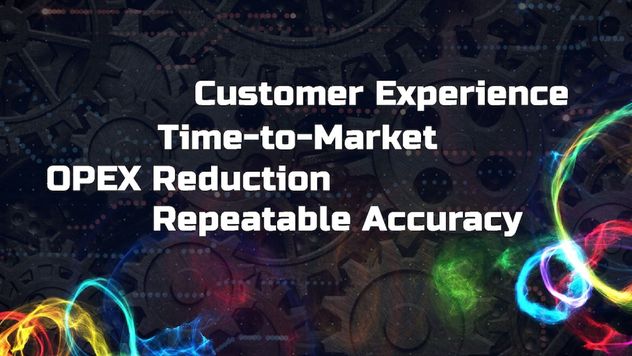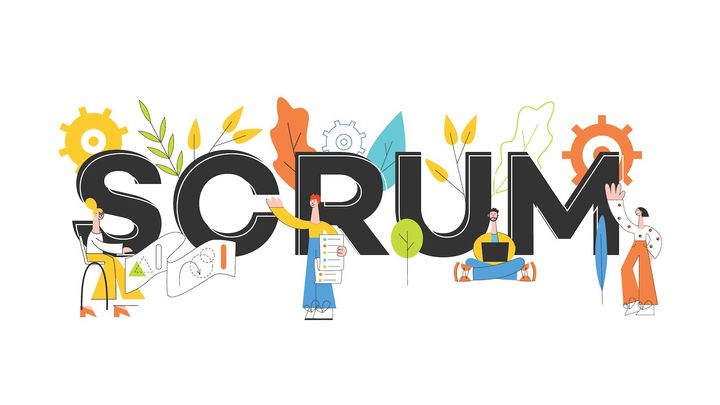
Today, technology has advanced to such an extent that we can deliver True Personalization by providing value to the customer while yielding profit to the business.
But what is True Personalization?
When a customer purchases something, you would typically send a follow-up email, thanking them, and the journey would stop there. But it doesn’t have to.
Let’s say, after a few days of that initial follow-up email, you send them tips on how to use the product in different ways, along with some of its associated benefits. After all, what customer wouldn’t want to learn about their recent purchase and how to maximize the use, benefits, and enjoyment? But you aren’t done yet.
After a week or two, you send another message with a special offer on a different product that compliments the customer’s previous purchase. This data-activated approach to marketing significantly increases online sales while reducing marketing spend and effort across various channels.
And that is what poses one of the biggest business problems today – how do we provide personalized offers and experiences that provide value but don’t come across as intrusive?
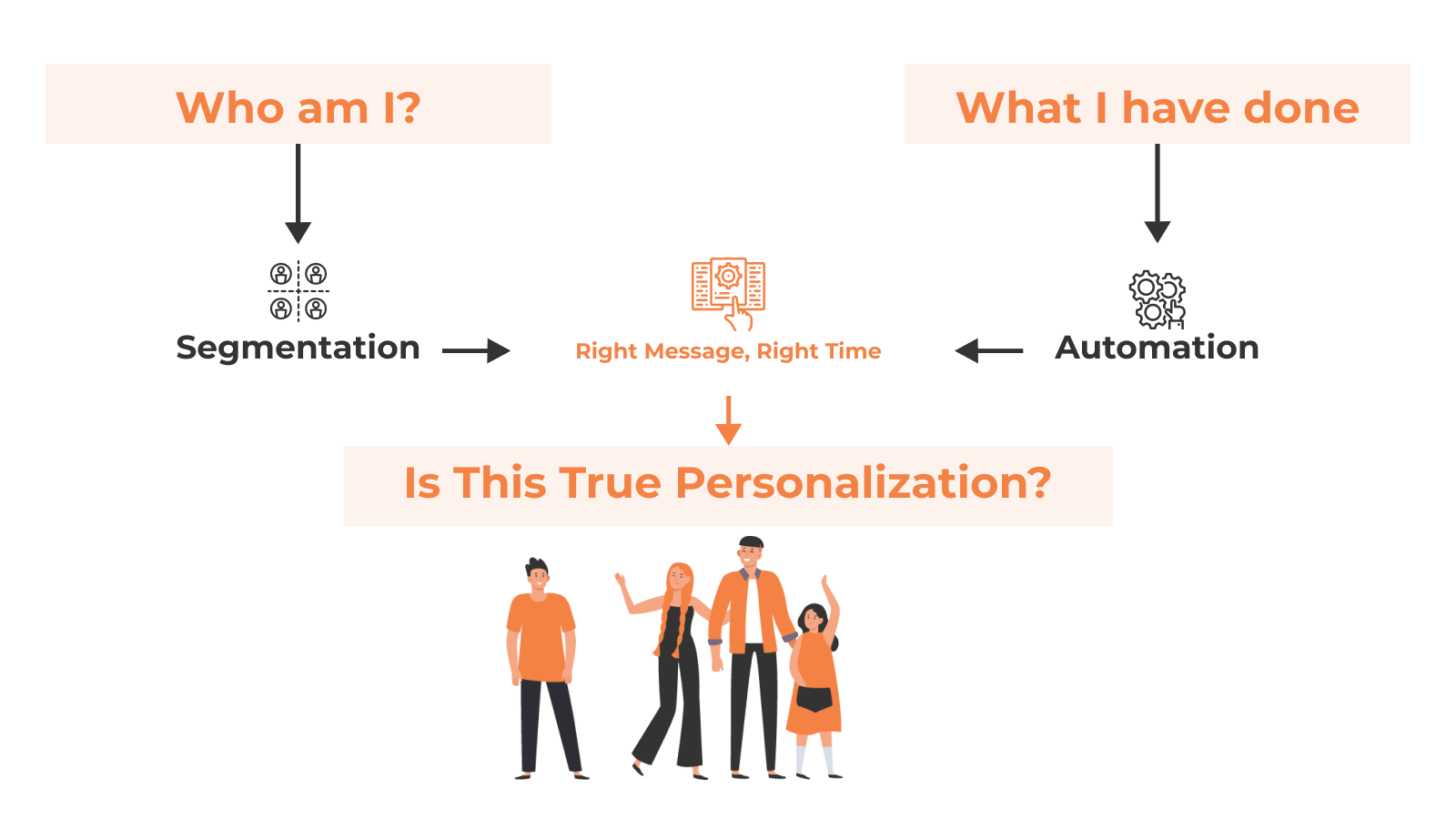
Type of Personalization
- Product Personalization is showing relevant products based on the demographics, infographics, and psychographics of the customer.
- Product Listing Personalization is determining the order of products shown to the user, based on a perceived value from previous purchases.
- Search Personalization is the ability to customize the search results of a particular query. It also can achieve instant keyword and product recommendations, and personalized search page ordering.
- Content Personalization is the presenting of personalized, onscreen content based on specific data gathered about the visitor, on-page, subpage or widget on any page, e.g., most relevant content determined by the user interests.
- Marketing Personalization is the sending of the most relevant offers in your marketing communications.
If we are to believe the research published by McKinsey & Company, then the value of True Personalization will be in the trillions. In fact, just adding up, Retail, Banking, Insurance, and Telecom is estimated to be $2T+.

Although there are multiple tools for Customer Relationship Management (CRM) and Marketing Resource Management (MRM), there is not much orchestration of data happening across channels as these systems typically work in silos.
The time has come for businesses to start asking themself if they are giving the customer what they want when they want it, which can be seen in not only their offers and related content but how it is tailored to their customer.
Only a few companies have deployed True Personalization, which can provide massive opportunities. It can even be deployed in a systematic way beyond digitals channels. Tools like Augmented Reality/ Mixed Reality can improve product and service experiences in different environments, enhancing in-store visits.
The customer’s view on personalization
Today, 89% of companies compete primarily on the basis of customer experience. This is interesting when you consider that Forbes says 80% of businesses believe they provide excellent customer experience, but only 8% of the customers do agree with it.
This is all that matters – do customers see your personalization efforts as annoying, or do they understand and feel the value? But before you answer that, you first must understand the customer’s expectations on personalization:
- To remind me of things: A particular item your customer is looking for may be out of stock, and they want to be notified when it is available again.
- To know me better no matter where I am: When a customer is using a navigation app, it can suggest the location of the nearest McDonald’s and offers to order it, so it is ready when you arrive, even account for traffic and travel time. However, to achieve this, you must unsilo teams and use your data effectively.
- To only have relevant recommendations: When a customer abandons a purchase, it is common practice to retarget them with ads and messaging. This can quickly get annoying, so it is better to use advanced technology and algorithms to determine complementary products based on past purchases and interests to dictate marketing spend, and not just an abandoned shopping cart.
How to achieve True Personalization
Personalizing a customer journey based on a single data point is simply not adequate. In order to provide True Personalization, you need to look at the consolidation of multiple data points to gain a better understanding and define the customer journey holistically.
However, it is essential not to confuse personalization with segmentation. If you know that a customer has made a particular purchase and group them with others who bought a similar product, you will undoubtedly gain very little, if any, insight. True Personalization will be achieved when the data from different channels and touchpoints come together and allow you to form a solid understanding of the customer’s interest. But how do you do it?
Let’s start by forming a deeper relationship with your customer to provide them with a more personalized experience. I would start with developing a Customer Data Platform (CDP) that would help keep you organized and understand a complete view of the customer from different channels.
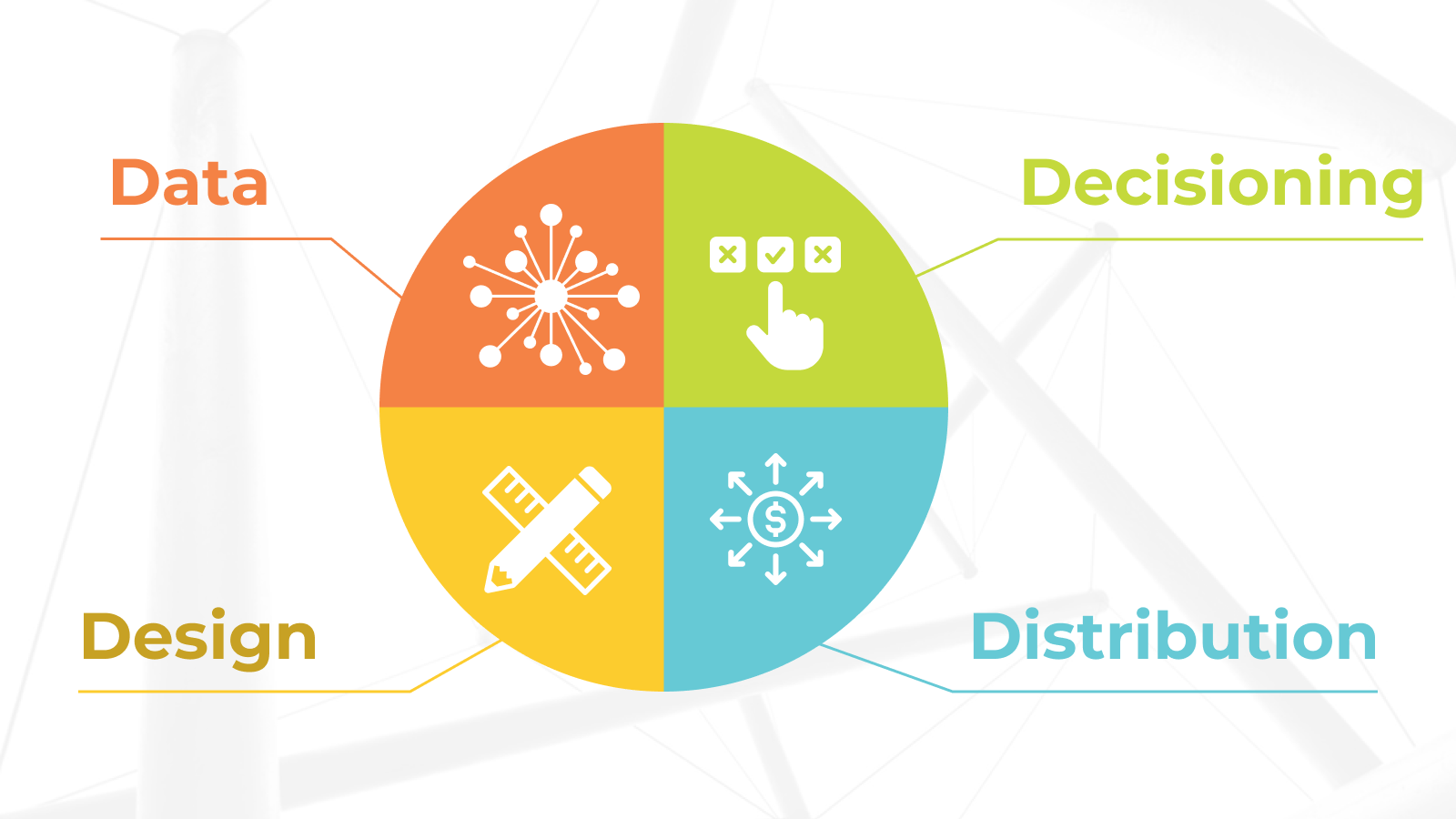
Most organizations have already implemented a CRM and CDP tool but they are often owned by different stakeholders, essentially siloing the data. To counter, this is what I would recommend:
Step 1: Establish your CDP in a way where meaningful data collected is kept in a unified model that can be used by data scientists to create ML /AI personalization models around. This can be targeted and personalized to these customers using a microsegment approach focused on a smaller customer segment with similar interests.
Complementing the CDP with an IRP (Identity Resolution Platform) enhances the data by matching the anonymous IDs of the customer from different platforms. Collecting data from various channels the customer frequents will provide greater insight into your customers.
Aside from the CDP and IRP, the Data Management Platform plays a significant role in enhancing the data. The DMP helps in synchronizing with third party data to understand and create other micro-segments. It also helps utilize the larger pool of data to target more substantial prospects with the same characteristics.
Step 2: Micro-Segment the data and use it for decisioning. The decision engine plays a significant role when it comes to targeting the customer with more personalized communication as it requires sophisticated ML and AI engines to discern patterns.
Step 3: Validate the content and offers. Since there would be a lot of micro-segments, it can be challenging to validate content. I would recommend trying an approach with different forms of art, photos, content, and tagging and storing the artifacts. Critical digital asset management can be adapted to store and retrieve them effectively.
There should be a plan around the classification of content and offers to account for a wide range of factors. All of this can be stored in the offers table, and a decision engine can run to optimize and validate.
Step 4: Orchestration of the customer data is essential to understand customer behaviour in all channels and react accordingly. The hardest part is connecting all the systems to the marketing platform to target the customer and microsegments. If possible, collect purchase data in real-time and send it to the DMP to educate and evolve the system.
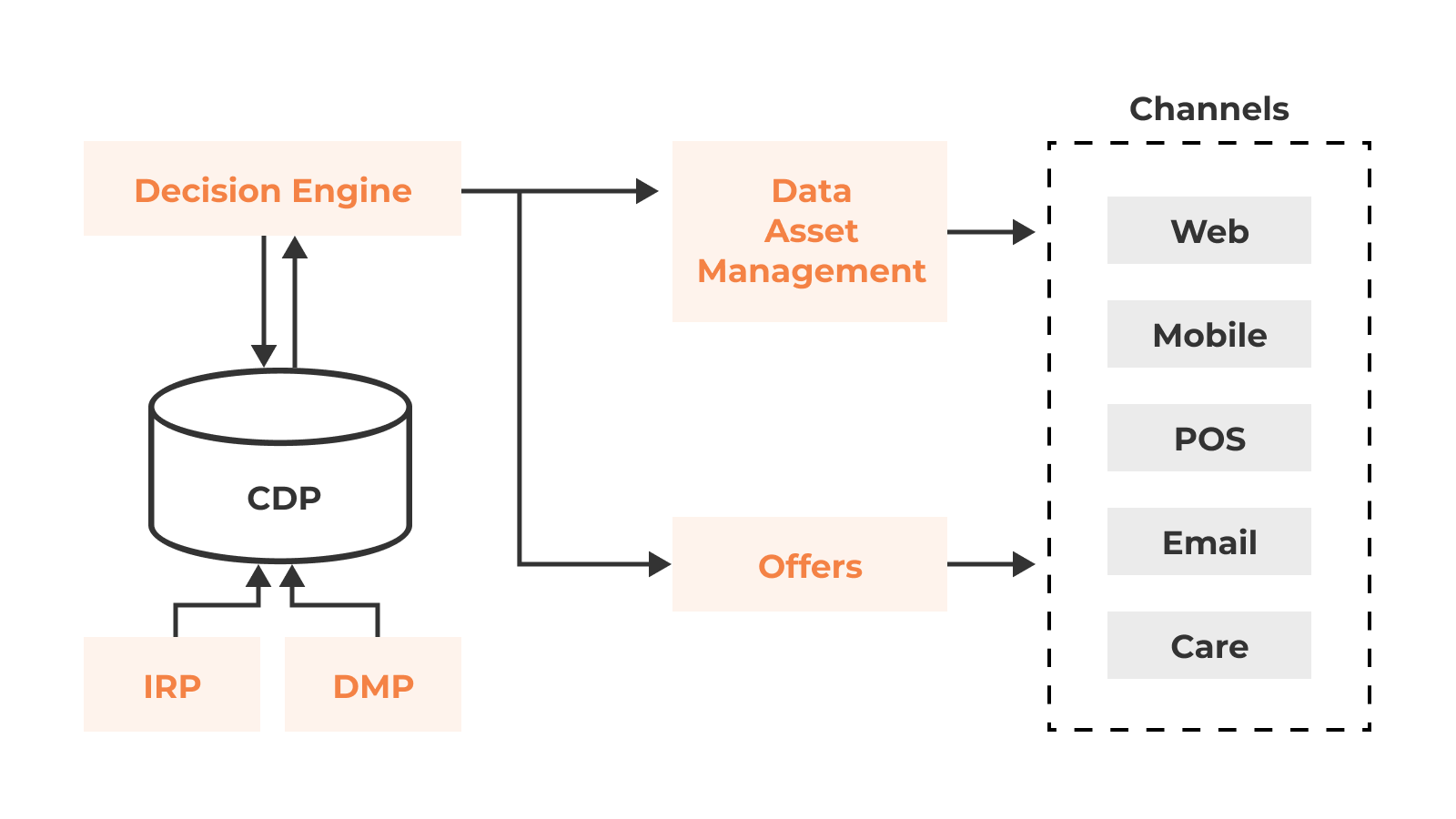
Take away
Companies will often focus on the upsell, cross-sell, next-sell transactions that are a byproduct of personalization; however, they will often overlook the more critical one-on-one, loyalty and brand building relationships they have the potential to create. The approach companies need is one that facilitates the creation of deeper relationships with customers, one that provides education and value long after the cash register has closed on that first purchase.
While organizations are becoming better at managing and tailoring their data, the opportunity is abundant in activating the right tools and making them actionable. The potential and possibilities are near limitless. So moving forward, let us not segment personalization and marketing, the time has come that neither can be mutually exclusive.
